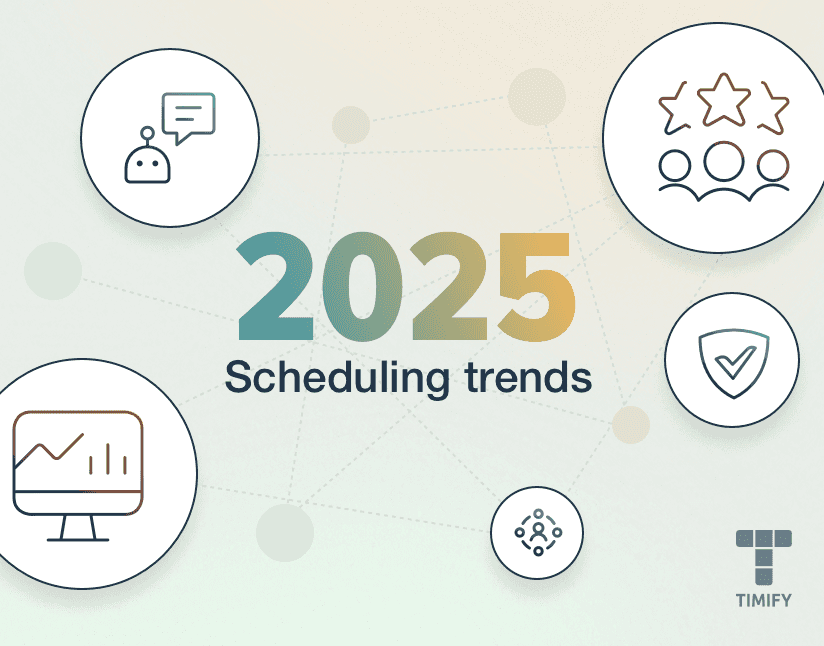Schedule management software is revolutionizing how businesses coordinate tasks, appointments, and employee shifts. In 2025, these tools are critical for streamlining operations across industries like retail, healthcare, and professional services. This blog explores the features, benefits, and best practices for implementing schedule management software to enhance efficiency and productivity.
What is Schedule Management Software?
Schedule management software automates the creation, tracking, and updating of schedules for employees, projects, or appointments. Unlike traditional methods like spreadsheets, these tools offer real-time updates, integrations, and analytics, making them indispensable for dynamic work environments.
Key Features of Schedule Management Software
Drag-and-Drop Scheduling
Tools like Agendrix and Homebase offer intuitive drag-and-drop interfaces, allowing managers to create schedules quickly. These interfaces simplify shift assignments and project timelines, reducing the time spent on scheduling tasks.
Mobile Access and Notifications
Mobile apps are a core feature of schedule management software, enabling employees to view schedules, request time off, and receive updates on the go. Real-time notifications ensure everyone stays aligned, reducing miscommunication.
Integration with Other Systems
Integration with HR, payroll, and CRM systems is essential for seamless operations. Tools like Rippling and Gusto sync schedules with payroll, ensuring accurate wage calculations and compliance with labor laws.
Benefits of Schedule Management Software
Increased Efficiency
Automating scheduling tasks saves managers hours each week. Tools like Connecteam streamline shift assignments and appointment booking, allowing businesses to focus on core operations. This efficiency translates to cost savings and improved productivity.
Enhanced Employee Engagement
Transparent schedules and self-service features empower employees. Software like Sling allows workers to swap shifts or request time off via mobile apps, boosting satisfaction and reducing turnover.
Data-Driven Insights
Analytics provided by schedule management software help businesses optimize operations. Tools like Shiftboard offer reports on labor costs and scheduling patterns, enabling data-driven decisions to improve efficiency.
Best Practices for Implementation
Select a Tool Aligned with Your Needs
Choose software that matches your industry and operational requirements. For example, Picktime is ideal for appointment-based businesses, while Shiftboard suits complex shift patterns. Evaluate features, scalability, and cost before deciding.
Train Your Team
Effective adoption requires training for both managers and employees. Provide tutorials on using the software’s features, such as mobile apps and analytics dashboards. Regular feedback sessions can address any challenges during implementation.
Leverage Analytics
Use the software’s reporting tools to monitor performance metrics like labor costs and shift coverage. Regularly review these insights to optimize schedules and address inefficiencies, ensuring the tool delivers maximum value.
Challenges in Adoption
Resistance to change and integration complexities can hinder adoption. Start with a pilot project to demonstrate the software’s benefits, and choose tools with robust support and documentation to ease integration. Free plans, like Homebase’s, can also lower barriers to entry.
The Future of Schedule Management Software
In 2025, schedule management software is incorporating AI to predict staffing needs and automate scheduling. Features like geolocation tracking and compliance alerts are becoming standard, ensuring businesses stay agile and compliant. As remote and hybrid work models grow, these tools will continue to evolve.
In conclusion, schedule management software is a vital tool for optimizing operations in 2025. By automating scheduling, enhancing employee engagement, and providing actionable insights, these tools drive efficiency and competitiveness. Adopting the right software will empower businesses to thrive in a dynamic environment.


